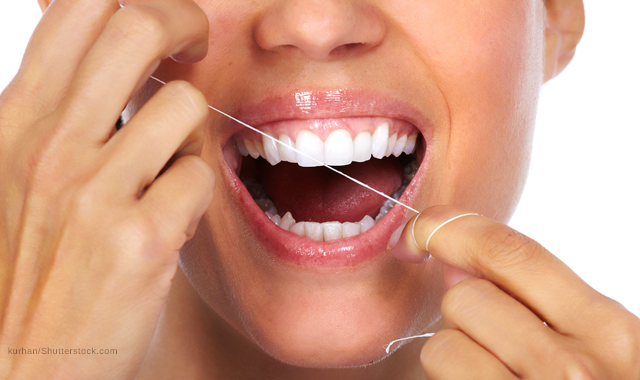6 things to say to get your patients to clean in between their teeth
Giving patients something to relate to can help them to understand the importance of oral health.
As dental hygienists, we all know the importance of our patients cleaning in between their teeth. The problem lies in trying to get them to actually do it!
Telling a patient he or she needs to floss more simply doesn’t get the point across. Patients need to hear why it’s important to clean in between their teeth and the consequences of not doing so. Analogies that give patients a clear visual or something to relate to just might allow them to have that “aha moment.” Here are six things to say to get your patients to clean in between their teeth.
Click through the slides to read more.

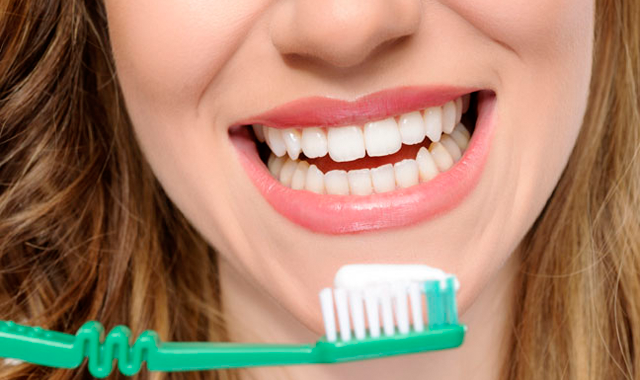
Brushing only cleans about 2/3 of a tooth’s surface
Give or take, brushing alone only cleans about 2/3 of a tooth’s surface, hence that leaves 1/3 covered in undisturbed, growing bacteria. Bacteria that are building a colony or a city, if you will. A city of bacteria that is quite literally pooping out acid in your mouth. The longer bacteria sit undisturbed, the stronger they get. Would patients only clean 2/3 of their bodies day in and day out when they bathe because they don’t like to do it, don’t have the time, or any of the other excuses patients give for not cleaning interdentally? I would hope not, but it’s a good comparison to help your patients understand.
More from the author: What parents NEED to know about keeping their children's teeth healthy
On top of a toothbrush missing 2/3 of a tooth’s surface, generally speaking, a toothbrush can only clean about 1 mm below the gum line. A good time to bring this up with a patient is during periodontal probing. If you call the numbers out loud, the patient can make the connection that there’s area (sulcus/periodontal pocket) that isn’t being reached by a toothbrush, which is why dental cleanings are important, too.


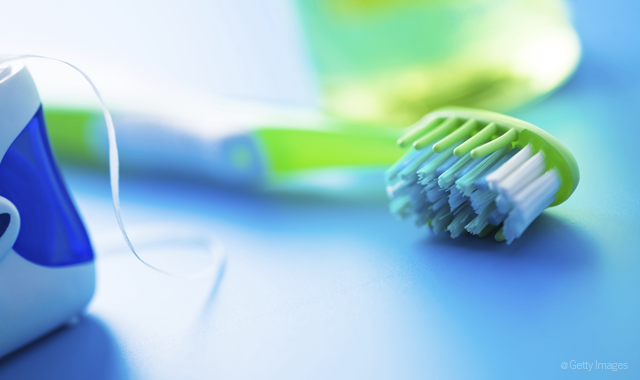
Not cleaning interdentally is like washing your hands, but never cleaning in between your fingers
Or in between toes, or armpits, or never washing your face, etc. This can also piggy-back off the analogy of only washing 2/3 of your body. If you didn’t wash “in between things” it could get really smelly. And what causes that smell? Dead bacteria, bacteria byproducts, dead cell -- all of this rotting. Not to mention, infection. Yes, use the word “infection.” Don’t dance around the term. “You have a bacterial infection in your mouth.” If a patient had a sore and swollen throat with a runny nose and cough that wouldn’t go away (an infection), they would be concerned. If not concerned, annoyed that it constantly hurts to swallow and they are constantly blowing their nose, causing it to be raw, and coughing all the time. They would want to do something about it. Am I saying scare them into compliance? Of course not! However, making a clear comparison just might paint a clear picture.



If you washed your hands and they bled, you’d be concerned, right?!
Again, this piggy-backs off the last analogy. I use the comparison to hands because the surface area of the tissue in the mouth is about that of the surface area of skin on the palm of the hand. Bleeding of your hands when washed would be startling and the same should go for the mouth. However, some patients think that bleeding gums are “normal.” It’s not normal. It’s up to us to educate each and every patient who sits in our chair that bleeding is the first sign of infection. Further, this infection doesn’t always hurt, but that doesn’t mean that something isn’t wrong.


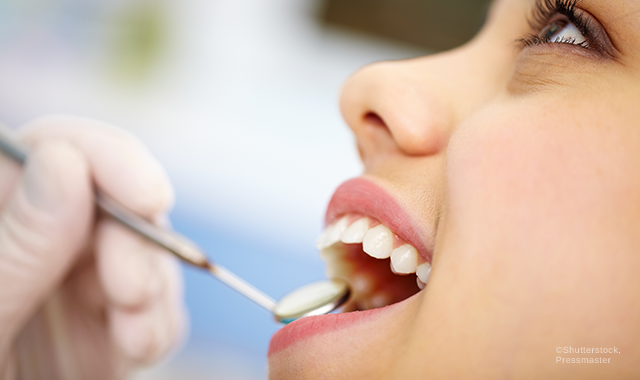
Plaque and/or calculus below the gumline is like a splinter
Simply put, if you never remove a splinter, it can’t heal. Plaque/biofilm and calculus are like a splinter that is constantly causing irritation to gingival tissue. The difference with this happening in a person’s mouth (rather than a finger, per se) is that bacteria causing irritation, and the immune system trying to fight it, eventually causes tissue destruction. Prevention of chronic infection and tissue loss through excellent home care not only including brushing but cleaning interdentally is far healthier and cheaper than “fixing it” after it has occurred. Prevention is cheaper than restoration. And by restoration, I mean bone grafts, gingival grafts, dentures, partials and implants if teeth are lost. Again, not trying to scare patients into submission, just abiding by PARQ. Grafts, implants, etc., can be the consequence of not preventing disease in the first place.


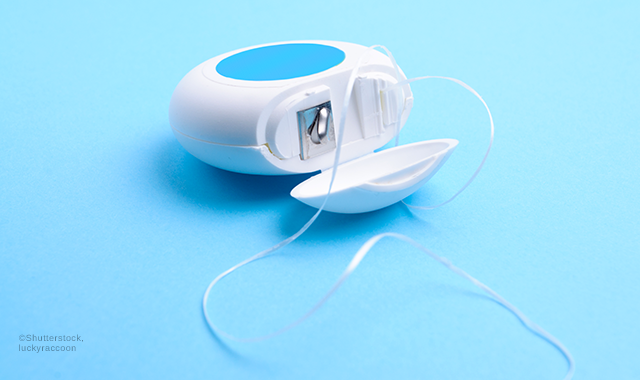
You only need to floss the teeth you want to keep
An oldie but goodie that pretty much sums it up. Once supporting structures of the teeth begin to destruct due to virulent bacteria, bone, ligaments and gingival tissue don’t just “grow back.” Once these supporting structures become so weak that extraction is indicated, prevention is no longer a viable option. A reduction in bone not only can lead to tooth loss, it can also lead to changes in face shape and profile. Sometimes vanity is something a patient will respond to and can lead to positive changes in home care because it matters that much to him or her.
Trending article: The 5 worst ways to ask for a raise
Many people spend so much time putting on makeup, spending time and money on their hair and nails, going to the gym to obtain that perfect body, but yet overlook their oral health. Yes, this all comes down to a person’s priorities, but it’s not for us to judge our patients’ priorities. We can only educate our patients in hopes that they adjust their priorities. As the saying goes, “You can lead a horse to water, but you cannot make it drink.” Lead your patients.


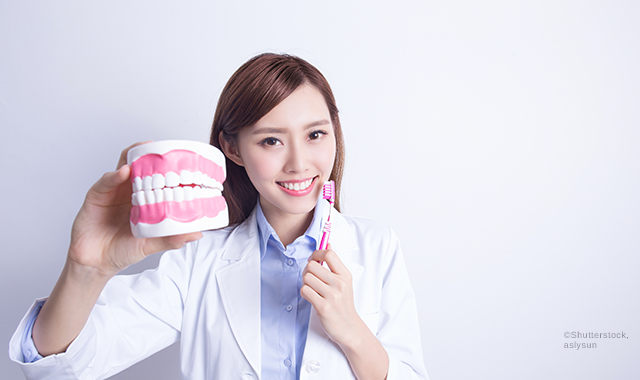
There’s a right and wrong way to clean interdentally
Never assume a patient has been shown the correct technique of cleaning interdentally no matter which method he or she is using. I learned this lesson early on when I cleaned my mom’s teeth for the first time. She had been flossing regularly, yet I found slight bleeding upon scaling. It turns out she had actually not been flossing correctly nor had she ever been shown the correct technique. She was actually kind of irritated that she had been doing it wrong for so many years, thinking the whole time she was doing the right and healthy thing. However, she was very thankful that I actually took the time to explain the correct technique. Granted, this was my mom, so she thought I was just the best dental hygienist ever for explaining this. Later, I found that other patients actually appreciated thorough home care explanations too. “Tell, show, do,” isn’t just a hygiene school concept. Sometimes it actually does work. Quite frankly, I’ll take sometimes over no times!
Read more: 5 surprising things your patients don't know about their dental visits
Of course, there are exceptions. Some patients may think you are just trying to lecture them. With these patients, remember to talk to them, not at them and make your home care instructions relatable to their likes and needs. Don’t forget to use visual aids as well.
There is no cookie-cutter method in dentistry; all patients are unique individuals. Playing toward an individualized approach, and giving patients something to relate to, just might give them that “aha moment.” It also just might make them connect the dots as to why interdental care is imperative to oral health and overall body health.

